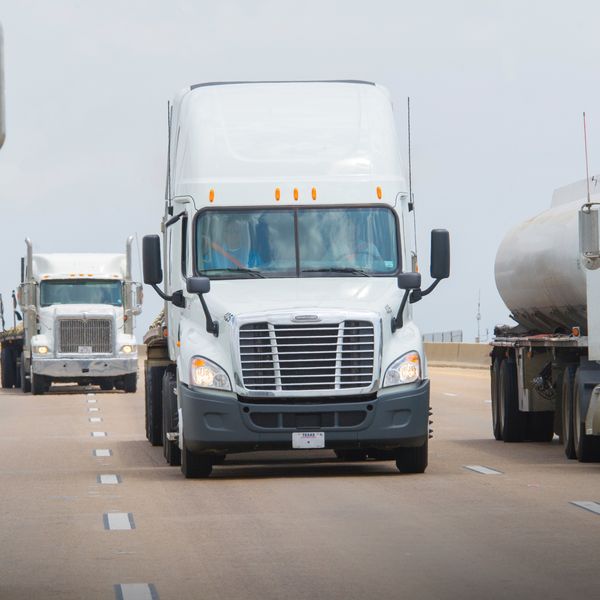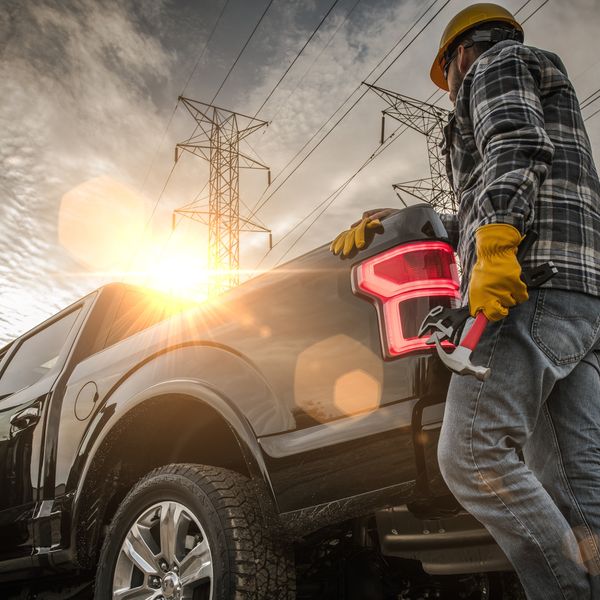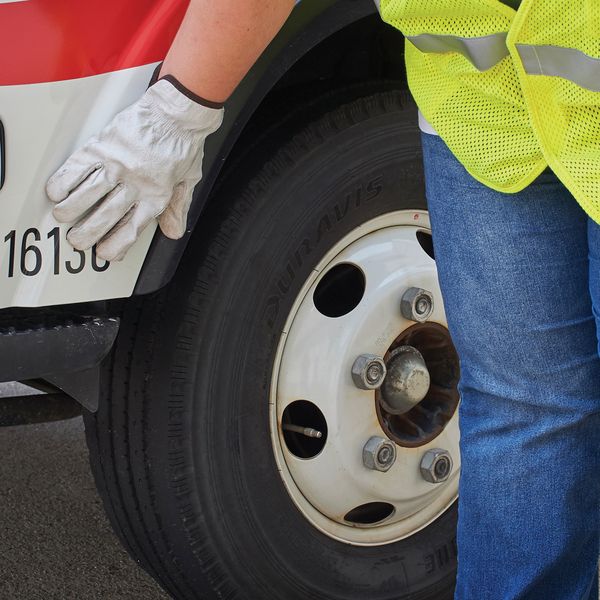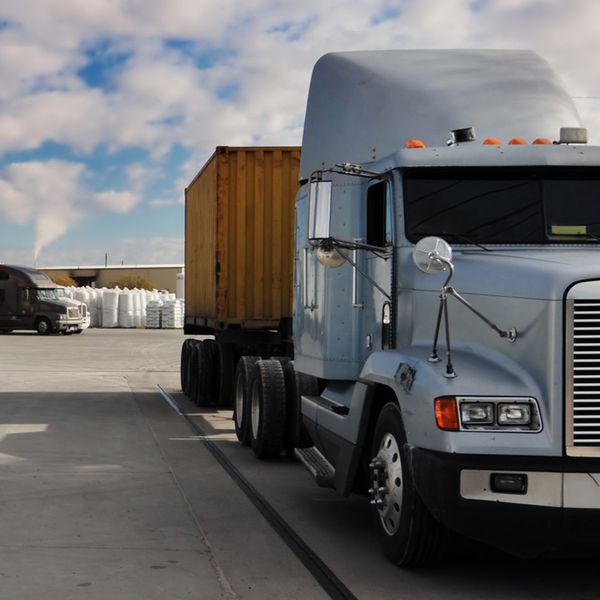Top 10 Vehicle Marking FAQs
The proper marking of commercial motor vehicles (CMVs) raises many questions for enforcement and compliance teams. In the last full reporting year (2021), the FMCSA (Federal Motor Carrier Safety Administration) issued carriers nearly 110,000 violations for improperly marked or unmarked CMVs. To help clarify the requirements, the following answers address some of the most common questions about federal or interstate marking regulations.
- Question: What vehicles need to be marked?
Answer: All self-propelled or motorized CMVs must be marked. This includes any vehicle that furthers interstate commerce on a highway with a weight or combined weight (rated or actual) of over 10,000 pounds, passenger vehicles with a seating capacity of more than 8 or more than 15 passengers (depending on compensation), and any vehicle or combination of vehicles carrying a placardable amount of hazardous materials. - Question: Do trailers need to be marked?
Answer: There is no federal requirement that trailers or other auxiliary equipment be marked - Question: What information needs to be included for a CMV to be correctly marked?
Answer: The markings must include the company’s legal name, the letters “USDOT,” and the company’s USDOT number. In lieu of the legal name, the carrier’s tradename or doing business as (DBA) name can be displayed if it was included on the MCS-150 registration. - Question: If a company does not have the DBA listed on the MCS-150, can the words “Operated By” be used instead?
Answer: The words “operated by” are only used if more than one name is displayed on a vehicle. If that is the case, the words are placed before the name of the entity that is operating the vehicle and corresponds with the displayed USDOT number. - Question: Do the markings need to be on the vehicle’s doors?
Answer: While the markings need to be on both sides of the vehicle, they can be anywhere on each side, e.g., the fenders, doors, sleeper, or box. - Question: Is there a minimum letter size?
Answer: There is no federal minimum letter size requirement. The markings must be visible from 50 feet during daylight hours while the vehicle is stationary. Letters of at least 1.5 inches are recommended. States may have specific size requirements. - Question: Can the letters be any color?
Answer: The letters must contrast sharply with the background they are placed on. For instance, black letters are fine on a light-colored vehicle, but would not stand out sufficiently on a dark vehicle. - Question: Can temporary markings be used, such as a vinyl or magnetic sign?
Answer: If the markings are on the vehicle when it meets the definition of a CMV, temporary markings are compliant. Some carriers use temporary markings when the vehicle sometimes meets the definition of a CMV, and sometimes does not. - Question: Is there any benefit to placing the words “not for-hire” or “private” before the company name?
Answer: These markings are not required but are permitted. However, the safety regulations apply the same to private and for-hire carriers. - Question: Do the markings need to include the company’s address or city and state, the vehicle’s gross weight (GVW), the motor carrier number (MC), or the vehicle identification number (VIN)?
Answer: The federal marking rules require none of these additional markings. Some states require the GVW, special state identification, address, or the city and state. This is particularly true when engaged in intrastate movements.
Key to remember
Any time a vehicle meets the federal definition of a CMV, the vehicle must be properly marked so the public and enforcement know who is responsible for the vehicle’s safe operation. While the federal marking requirements are consistent, states may have rules that are different, but most allow interstate vehicles that are properly marked to operate without additional requirements.




















































